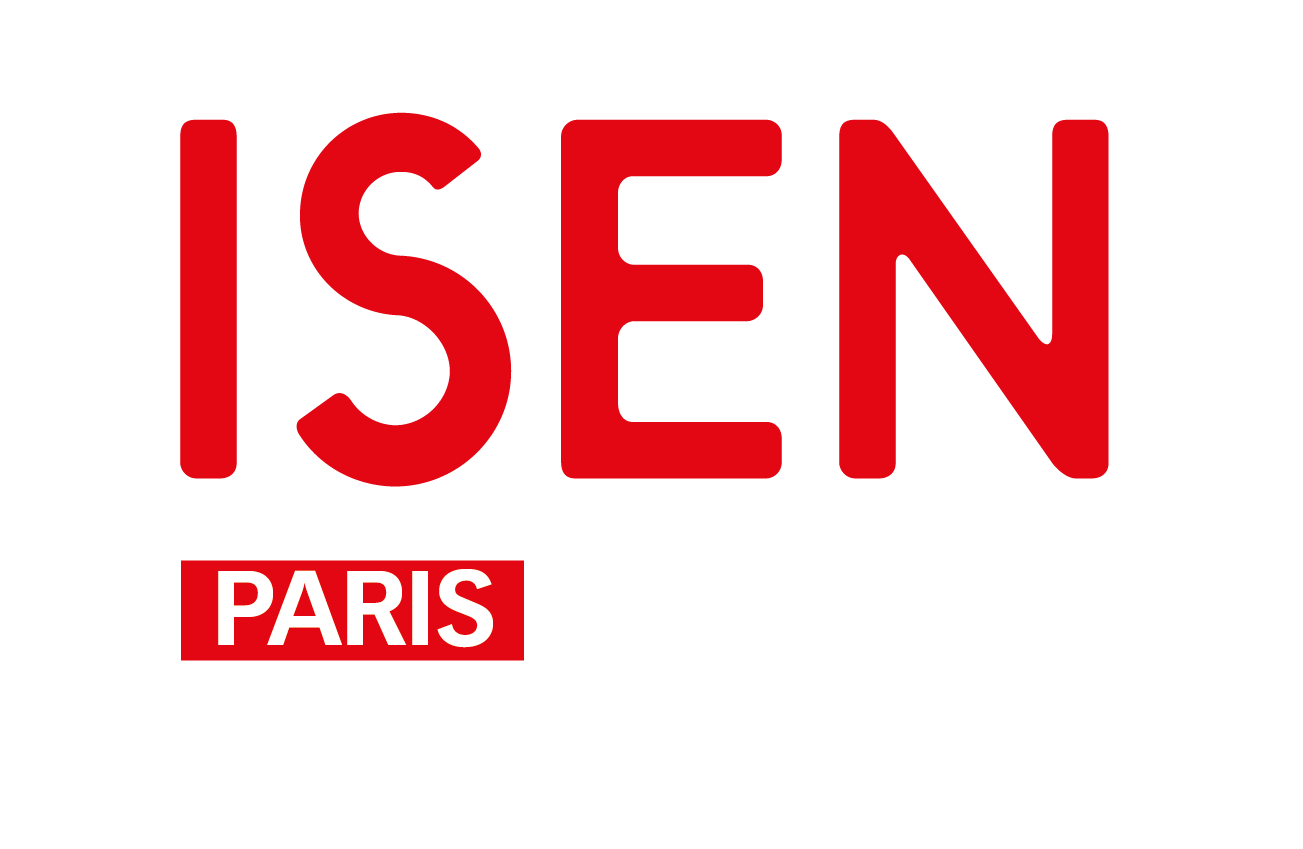Sorry, no slides matched your criteria.
Prototypes and Demonstrators
- Decto-Melanome: polarimetric imaging system for early detection of melanoma.
- Polar’X: patented underwater image enhancement system (patent reference number: BG/EBU/DD-FR 1763336: UNDERWATER IMAGE ENHANCEMENT DEVICE). Two polarized light sources are used, as well as a polarization camera that is oriented orthogonal to the light emitted by the two sources. An optimized DCP-based software processing is performed to reduce the effect of turbidity for real-time application.
- ADFD: system for monitoring road surface conditions, such as sidewalk crack detection.
- Safecity:
- Graphical interface that enables users to access a surveillance camera, to select one or more areas of the image and to detect intrusion in the selected area(s).
- Set up in the lab, the access management system enables to distinguish children from adults and use facial recognition in order to identify individual people classified as ‘adults’.
- 2 demonstrations were carried out and validated on-site in Nice (Nikaia primary school) and in Toulon (ISEN Yncréa Méditerranée building) [5] Spectral and polarimetric imaging platform: the spectral and polarimetric imaging laboratory is a place for non- conventional imaging. This platform enables to characterize the chemical composition and physical structure of a sample. Various partners are interested in our « small-scale » characterisation system: Hytech imaging, IFREMER, Vegenov, HAS university, etc. We are currently developing a toolbox for pre-processing and analysing the images produced (joint project LSL).
- Platform for remote power transfer (Intendu – ESE, FORSSEA – contactless power transfer system): laboratory proof-of-concept (POC) of remote energy transfer. The goal is to power submarine robots and thus increase mission duration.
- Diagnostic platform: experimental diagnostic equipment composed of asynchronous machines (with and without fault). The aim of the platform is to validate detection algorithms and classify faults by analyzing electrical currents.
- Connected classroom: classroom experiments to automate tasks (e.g. to take student attendance or undertake behavioural studies). The aim is
- to identify indicators such as concentration/attention of students in classes.
- FPGA accelerator: it is used to speed up calculation for embedded image processing (face recognition based on correlation, compression, encryption).
